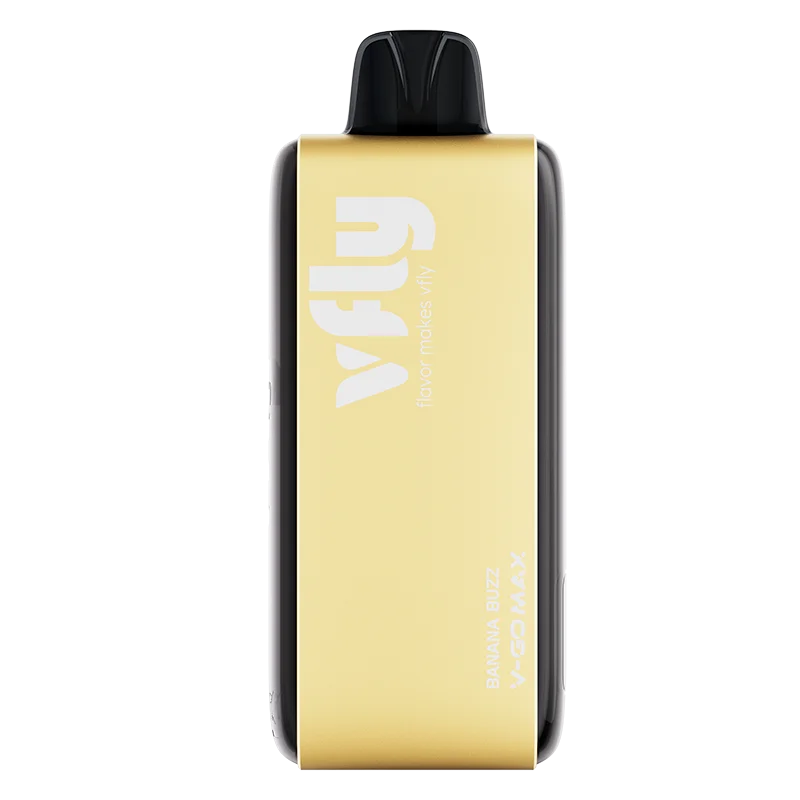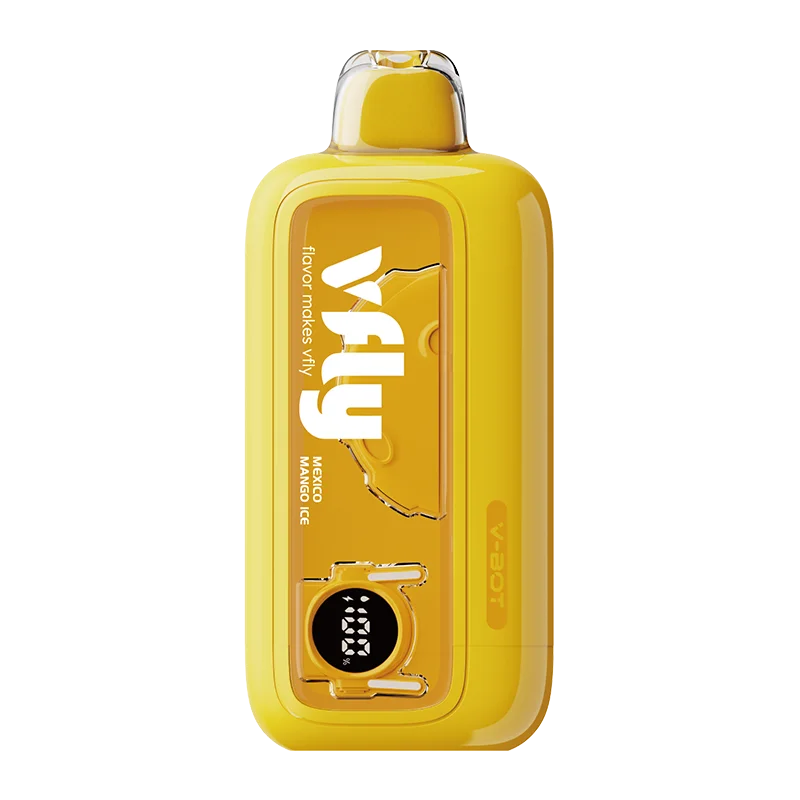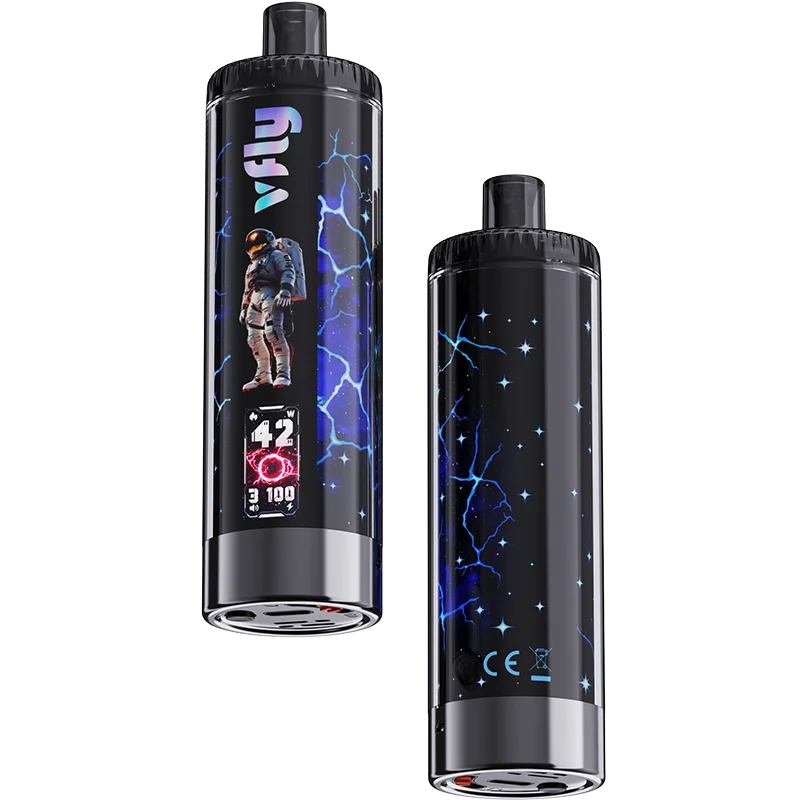What Is Vape Juice Made Of?
As vaping continues to grow in popularity among both beginners and seasoned users, many are asking a crucial question: what is vape juice made of? Whether you’re a first-time vaper or a curious consumer, understanding the ingredients in your e-liquid is essential for making informed decisions about what you're inhaling. In this guide, we’ll break down the core components of vape juice, explore their functions, and address common safety concerns.
What Is Vape Juice?
Vape juice—also known as e-liquid or e-juice—is the fluid used in electronic cigarettes and vaporizers. When heated by the device, the liquid turns into an aerosol (commonly referred to as vapor) that users inhale. While vape juices come in a variety of flavors and nicotine strengths, their core ingredients remain largely consistent across brands.
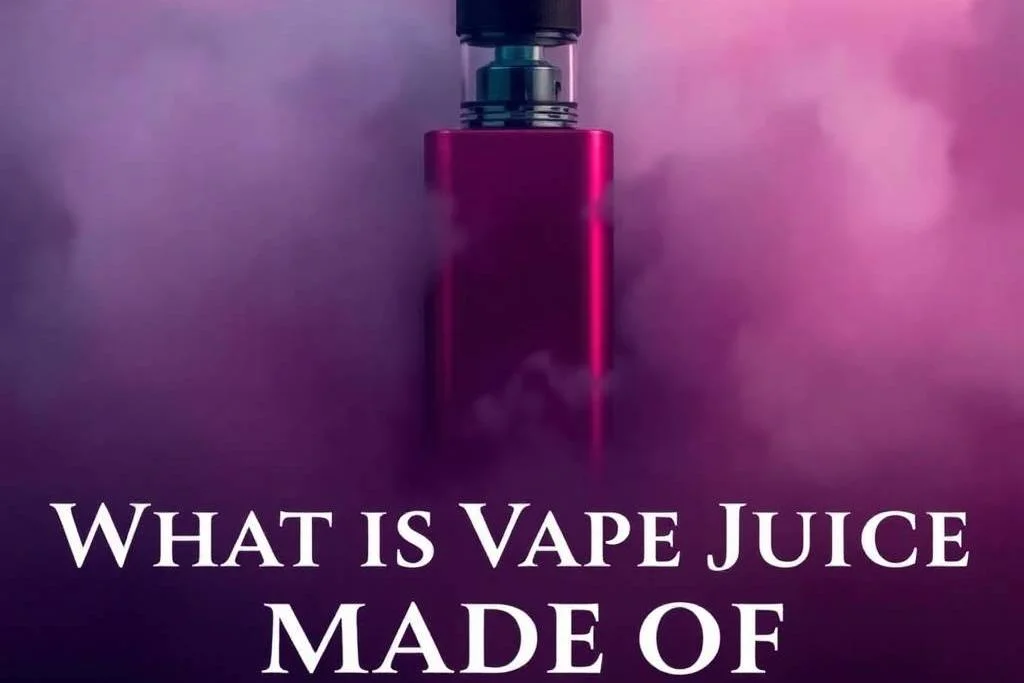
Main Ingredients in Vape Juice
There are four primary components in most vape juices:
1. Propylene Glycol (PG)
- Description: PG is a clear, odorless liquid with a thin consistency.
- Purpose: Acts as a carrier for flavor and nicotine, providing a stronger "throat hit" similar to smoking traditional cigarettes.
- Safety: Generally recognized as safe (GRAS) by the FDA for use in food and pharmaceuticals.
2. Vegetable Glycerin (VG)
- Description: VG is a thicker, slightly sweet liquid derived from vegetable oils.
- Purpose: Produces dense vapor clouds and smoothens the throat hit. It's a favorite among cloud chasers.
- Safety: Also GRAS-approved, VG is commonly found in food, cosmetics, and medicine.
Most vape juices use a ratio of PG to VG, often labeled as 50/50, 70/30, or other variations depending on desired vapor production and throat hit.
3. Flavorings
- Description: Vape juice flavorings are food-grade additives used to replicate tastes ranging from fruits and desserts to tobacco and menthol.
- Purpose: Enhances the vaping experience with a wide variety of flavor profiles.
- Note: Some flavorings, such as diacetyl (a butter-like compound), have come under scrutiny due to health concerns when inhaled. Reputable brands typically avoid such ingredients and disclose their formulas.
4. Nicotine (Optional)
- Description: Nicotine is an addictive stimulant derived from tobacco.
- Purpose: Satisfies cravings and replicates the sensation of traditional smoking.
- Forms: Freebase Nicotine: Common in standard vape juice; offers a stronger throat hit. Nicotine Salts: Used in low-wattage devices like pod systems; provides a smoother draw at higher nicotine levels.
Some vape juices are nicotine-free and used purely for flavor and vapor enjoyment.
Optional Additives
Some manufacturers include additional ingredients like sweeteners, cooling agents (e.g., menthol or WS-23), or even CBD. However, these are not standard and should be used with caution, especially if not clearly labeled.
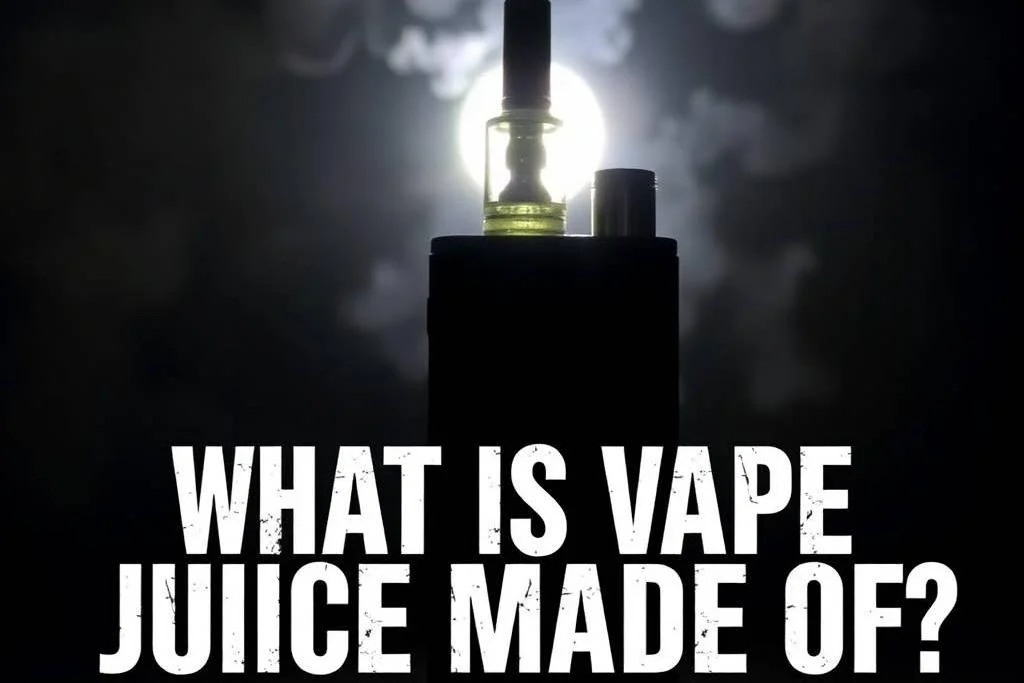
Is Vape Juice Safe?
The long-term health effects of inhaling vape juice ingredients are still being studied. While PG and VG are deemed safe for ingestion, inhalation presents different risks. Moreover, unregulated or black-market vape products may contain harmful substances like vitamin E acetate or contaminants.
Always purchase vape juice from reputable brands that follow quality control standards, disclose full ingredient lists, and provide third-party lab testing when possible.
Conclusion
At its core, vape juice contains a base of propylene glycol and vegetable glycerin, mixed with food-grade flavorings and, optionally, nicotine. Understanding these ingredients can help you choose the right e-liquid for your needs and stay informed about what you’re inhaling.
If you're new to vaping or looking to switch brands, always check the label, understand the PG/VG ratio, and prioritize transparency in ingredient sourcing. Your lungs will thank you.

